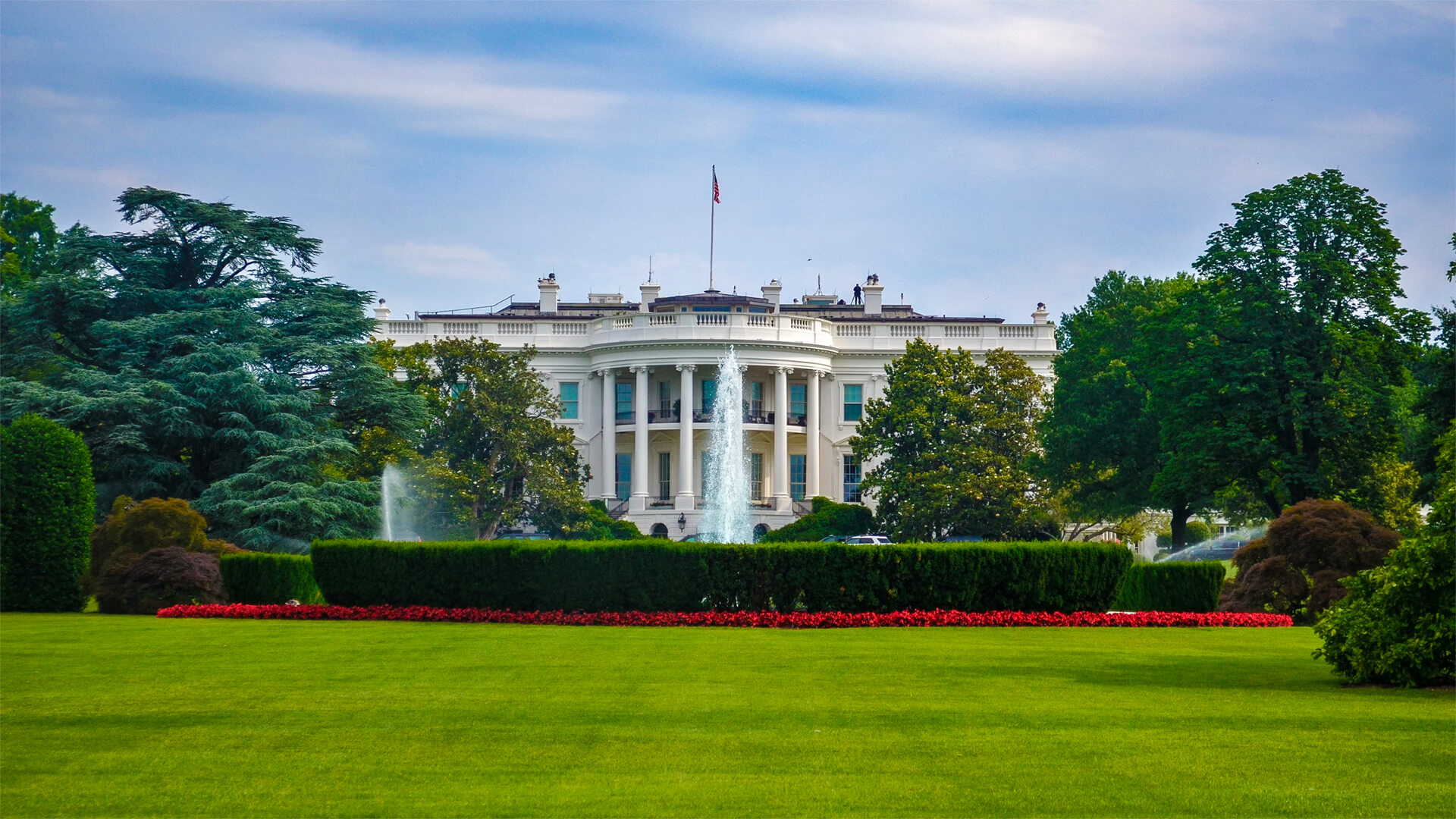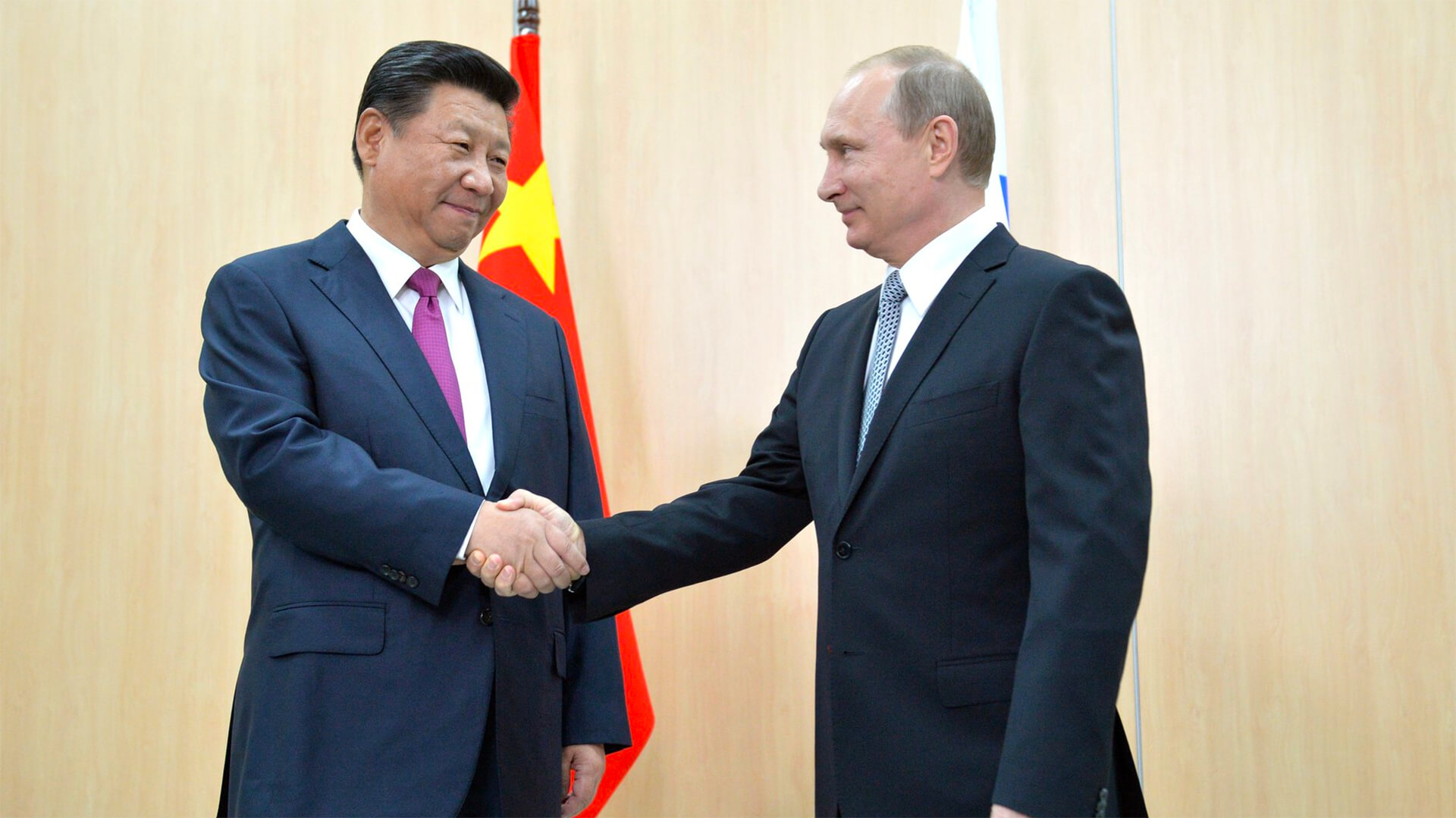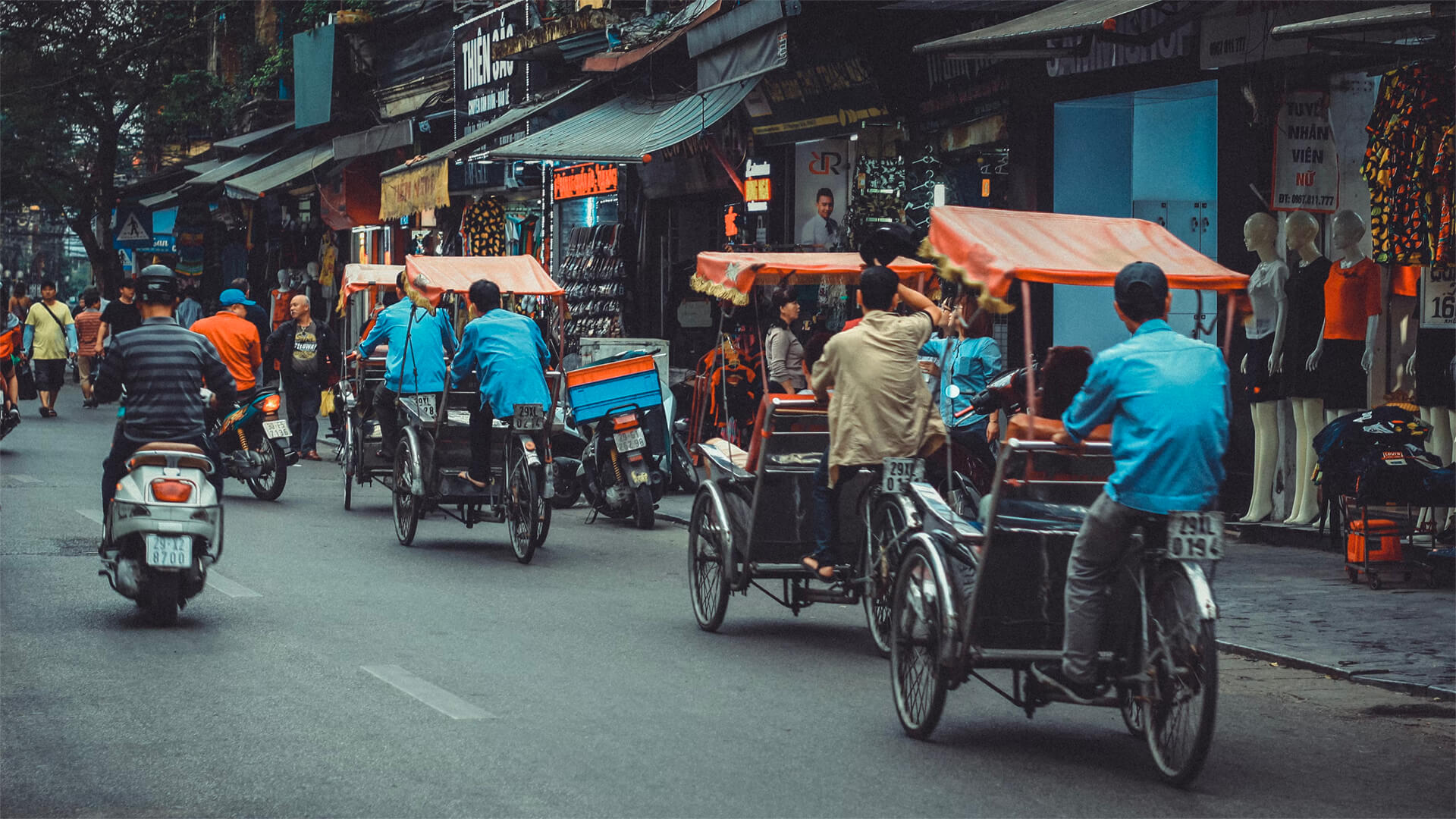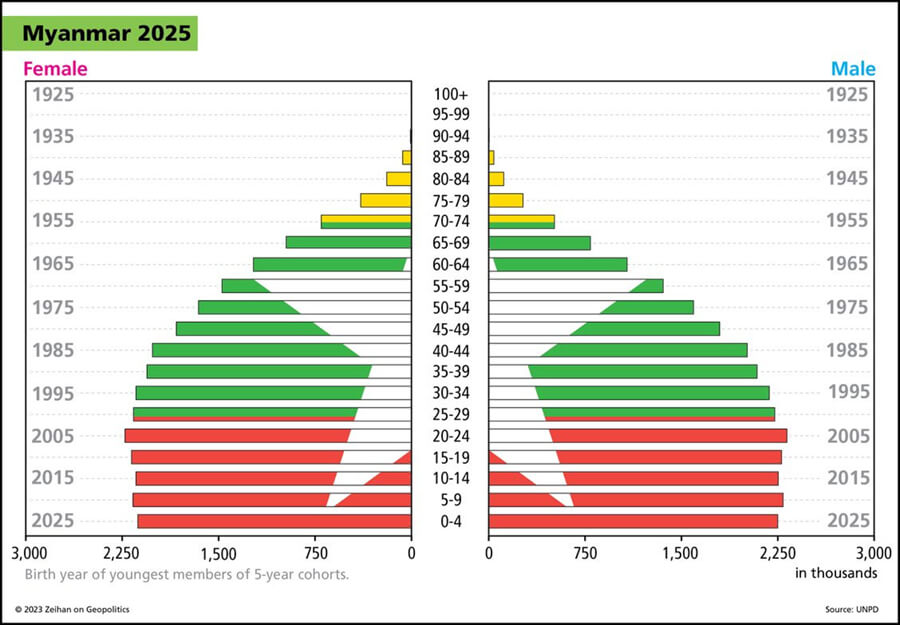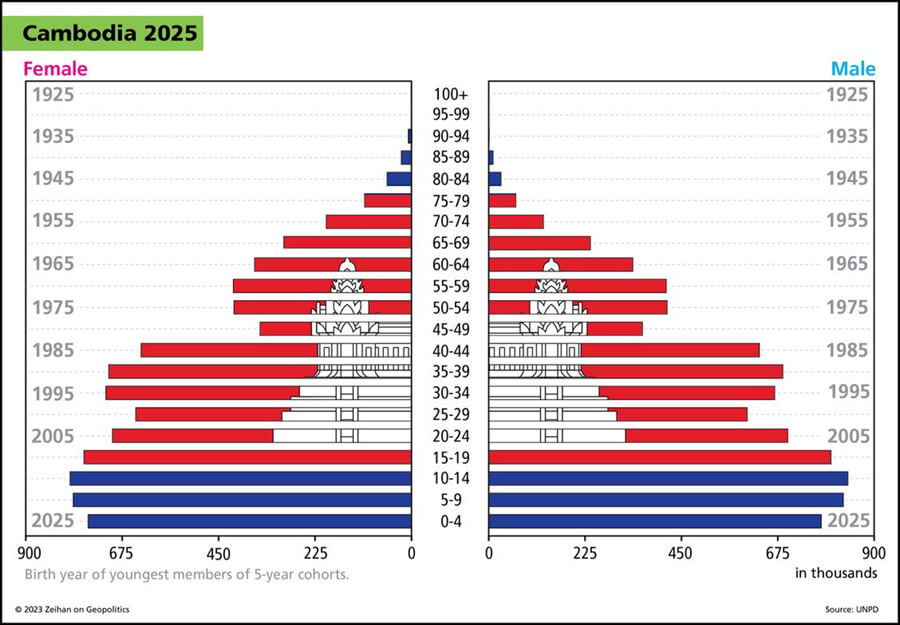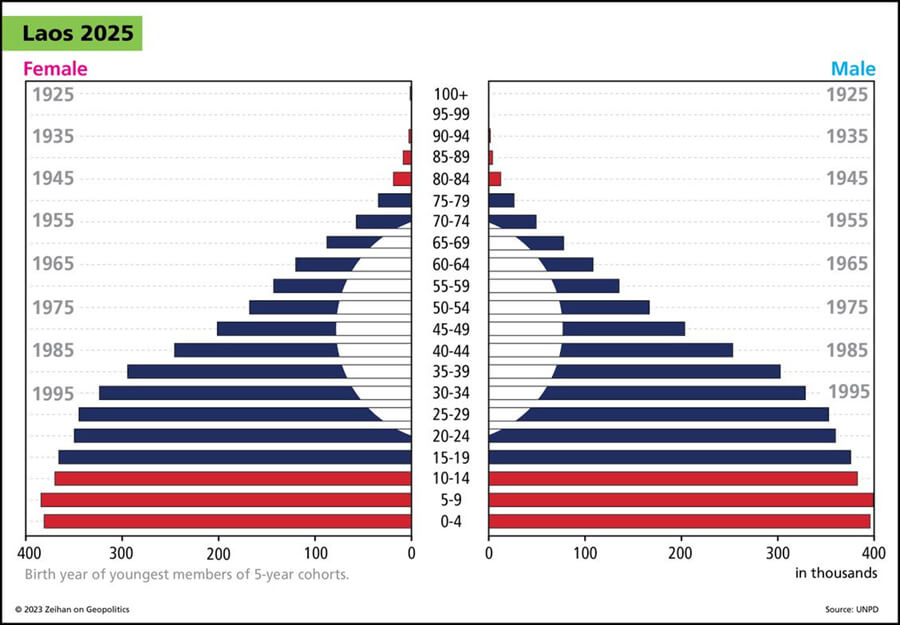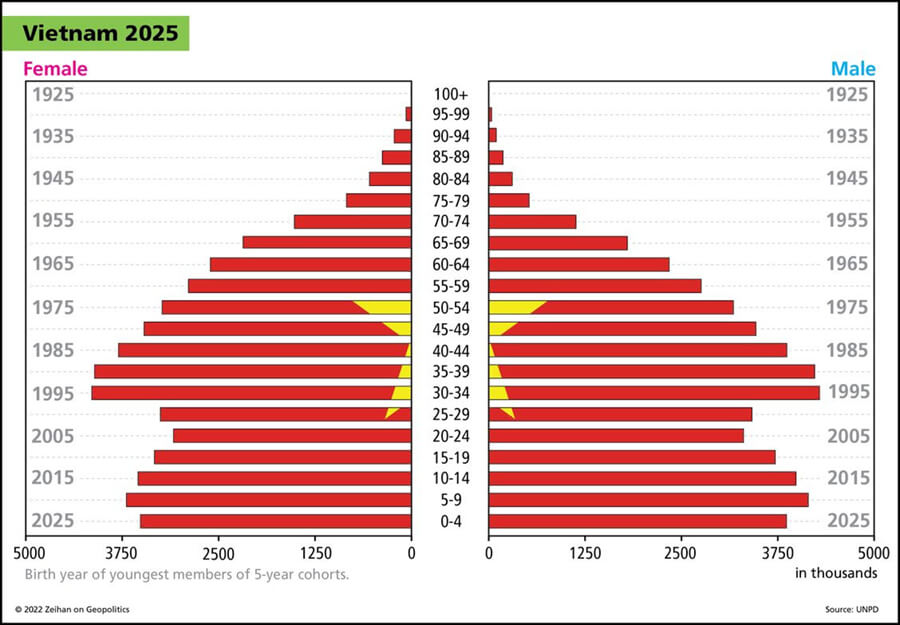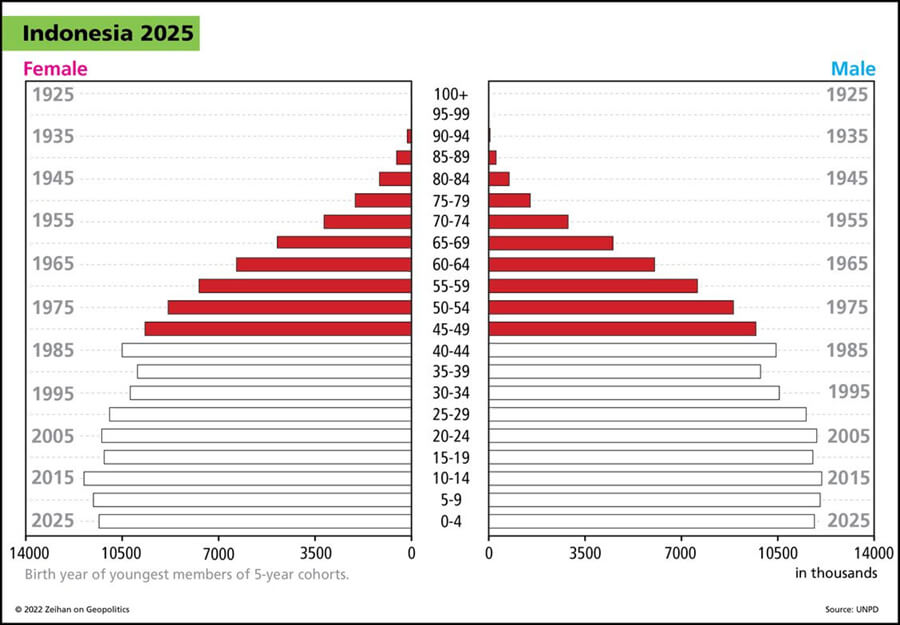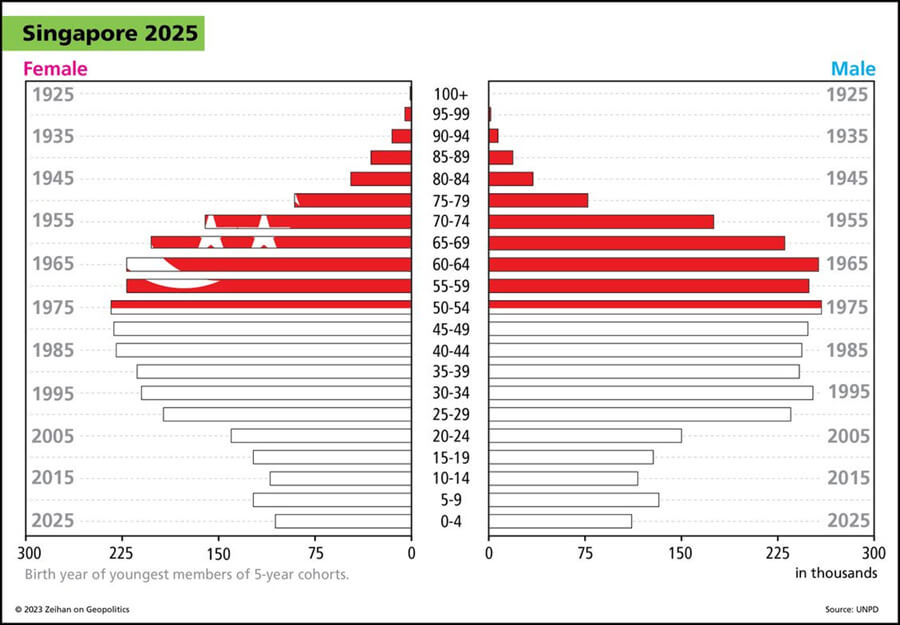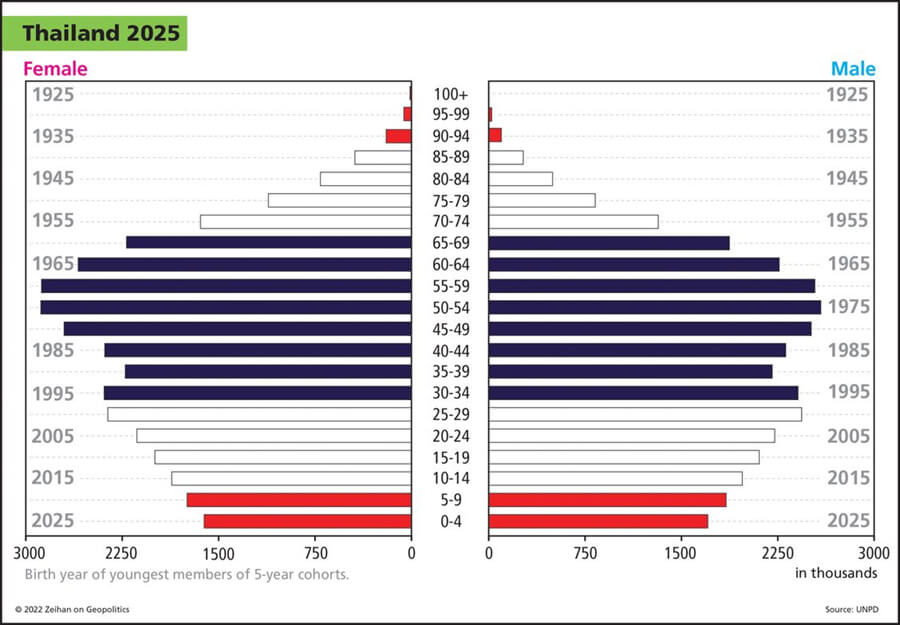By the time you see this, I’ll already be on the other side of the world, so I figured it was the perfect opportunity to talk politics…specifically, who will walk away with the 2024 US Presidency.
This will piss everyone off, but the only way I see this election playing out is with another Biden v. Trump showdown. The cult following that Trump has garnered practically locked him in as the Republican nominee. And there’s really no one else that the Democratic Party is willing to let replace Biden. So get ready for a 2020 rematch.
Issues like age and vice presidents won’t move the needle on this election. To understand how this will shake out, we need to break down the voting behaviors of the Republicans, Democrats, and Independents. Most Democrats and Republicans vote within party lines, and a large majority of Independents always vote one way or another.
So this election really comes down to 10% of Independent voters who actually give a s*** about who wins. And based on the midterm turnout, Biden has all the numbers stacking up in his favor. All he has to do is stay alive and keep from drooling on stage, and he’s going to win the office for another four years.
Prefer to read the transcript of the video? Click here
Here at Zeihan On Geopolitics we select a single charity to sponsor. We have two criteria:
First, we look across the world and use our skill sets to identify where the needs are most acute. Second, we look for an institution with preexisting networks for both materials gathering and aid distribution. That way we know every cent of our donation is not simply going directly to where help is needed most, but our donations serve as a force multiplier for a system already in existence. Then we give what we can.
Today, our chosen charity is a group called Medshare, which provides emergency medical services to communities in need, with a very heavy emphasis on locations facing acute crises. Medshare operates right in the thick of it. Until future notice, every cent we earn from every book we sell in every format through every retailer is going to Medshare’s Ukraine fund.
And then there’s you.
Our newsletters and videologues are not only free, they will always be free. We also will never share your contact information with anyone. All we ask is that if you find one of our releases in any way useful, that you make a donation to Medshare. Over one third of Ukraine’s pre-war population has either been forced from their homes, kidnapped and shipped to Russia, or is trying to survive in occupied lands. This is our way to help who we can. Please, join us.
CLICK HERE TO SUPPORT MEDSHARE’S UKRAINE FUND
CLICK HERE TO SUPPORT MEDSHARE’S EFFORTS GLOBALLY
TRANSCIPT
Hey everybody. Peter Zeihan here coming to you from the San Francisco airport where I am getting ready to be going on my first real big boy vacation since COVID started, they’ve all kind of stacked up. So I figured as long as I was leaving the country and you weren’t going to see this until after I was on the other side of the international dateline, now would be a good time to talk about American politics and tell you who’s going to win the next presidential election.
Now, the person to understand, if you want to see how this election is going to play out is Bernie Sanders. Because I think most people in America agree that he’s a bit cuckoo and his ideas are crazy. And if you sit down and actually force him to go through the math, how some people have done, he will admit that the math doesn’t make sense and he’ll just raise taxes until it does. And if that raises the marginal tax rate to the point that it destroys everything, he has no problem with that. And people who support Bernie Sanders, once you walk them through that, will come to the same general realization. But they will not change their minds because they are committed to the cause. Put another way, Bernie Sanders is not a political leader. He’s a religious leader, and he has a cult following as a result. And so does Donald Trump. Now, what that means is somewhere between one quarter and one third of people who self-identify as Republicans don’t care what Trump does or what he says. I mean, hell, he could livestream the abortion of his trans lover and they would still support him, which means that if only three other people run against him for the Republican nomination, he’s going to win the way the Republican Party works when it comes to delegates, as is in most of the races, as long as you get one more vote than whoever comes in in second place, you walk away with every single delegate. So it’s really easy for someone to come in from the outside, just like Donald Trump did, because by most metrics, he’s not a conservative in the American sense, certainly not the Republican sense. But he was able to mobilize a group of people who had been left to the outside of the populace and has catapulted not just to the presidency, but to control the Republican Party as a result. So in the environment that we’re in now, since we already have another three people have declared for the presidency, it doesn’t matter if someone like Florida Governor DeSantis runs at this point. The vote is already sufficiently split that Donald Trump will walk away with the Republican nomination. That’s pretty much hardwired in at this point. So that’s the Republicans.
So let’s talk about the Democrats. The Democrats select their candidates a little bit differently. They don’t have that winner take all mentality when it comes to the delegates. So if you get a number of strong candidates, they were going to break up the delegate count among them and it’s going to come down to the convention. And at the convention, there are a significant number of what they call superdelegates, which are people who are not representative of the primary, the caucus system, but instead represent kind of the party’s institution, which are primarily centrists. And the superdelegates came into play in the last presidential cycle when for a brief, shining, terrifying moment, it looked like Bernie Sanders might actually get the Democratic nominee. And since most centrist and center left Democrats were like, Oh, that would be disastrous by any number of manners. They all rallied together and used the party apparatus to make sure that Bernie did not get the nomination. And as a result, Biden was able to squeak through and then ultimately ran for president and ultimately gained the White House. Now, the centrists and the center left within the Democratic coalition have made the decision already that they’re not going through that again. And so if Bernie or more likely when Bernie decides to once again run for president, the centrists will swing into action to make sure it’s nipped in the bud as quickly as possible. In addition, the Democrats have always had a problem, I shouldn’t say always. The Democrats in the last 25 years have had a problem that it’s really hard for them to bring in fresh blood, because you’ve got these charismatic people at the top who are politically and maybe even economically powerful, who kind of suck all the oxygen out of the room and make it very difficult for young up and comers to make it into the system. Republicans don’t have that particular problem. And so you get a lot of people who are in their seventies, people like Biden, people like Pelosi, people like Schumer who dominate the scene. And there really isn’t a cadre of people below them. There is no deep bench. In that sort of environment, it’s really, really hard to get a primary system that runs on actual competitive candidates. You just get these freaks that come in from the outside, freaks like Bernie Sanders. Well, since the centrists have already decided what they’re going to do this time around, that means Biden is a shoo in to get the nomination, which puts us into a weird race. You get Republicans who are cult dedicated to Donald Trump and you’ve got Democrats who are willing to shut out everyone else so long as Biden doesn’t have a complete meltdown and start drooling effusively on stage, barring those two extreme events, we’re talking about a redux of the last election of Biden versus Trump.
And I don’t think that any of the things that people are talking about right now as having an impact on the election would really matter at all. So, for example, the age issue, I mean. Yes, yes, yes, yes. Biden is older than dirt by a wide margin and he would be the oldest president ever if he wins again. However, if Trump beats him, Trump would then be the oldest president ever. So the age issue is really a non condition for any voter who says it is. It may be a compacting factor, but since the runner up in this case is almost as old, it doesn’t play. And the same comes for replacing the vice presidency with somebody besides Kamala Harris. Has she risen to the occasion? No. Has she turned out to be a good VP, probably not by most measures. But replacing her isn’t going to really change anyone’s mind. Nobody votes for the vice president, so we’re left with Biden versus Trump. So the question then is who walks away with that? From my point of view, it’s pretty straightforward.
Roughly 20 to 25% of the electorate is either hardcore Republican or hardcore Democrat, and they might not like the candidate, but they’ll hold their nose and they’ll pull the lever on no vote for whoever their party’s candidate is. They are locked in. There’s no negotiating room there. Then you have another about 20% on each side that says they’re independent. But, like in 85% of races, they vote for either a Republican or a Democrat. So they’re really only independent. And they really they’re just subsidiaries of the left and the right in the American system. There’s not a lot of wiggle room there. There’s only 10% of the American electorate that is truly independent. And they’re wishy washy and they’re judgmental and they get buyer’s remorse. And the votes of this last 10% is the primary reason why in mid-terms, usually the party in power loses because they’re having buyer’s remorse. And I know this very, very clearly because I’m part of that 10%. We’re never happy with what we are and we’re not part of the decision making to determine what the candidates are. And so we get handed this pallet that we just don’t like but we have to make do with. And that usually manifests as us voting against whoever happens to be the guy in charge at the moment.
So that is how it normally runs. That’s how it’s always run. It’s how it ran until we got to the 2022 midterms, because in the 2022 midterms, almost exclusively, the independents were polled as not liking Joe Biden, particularly on economic affairs. They saw his continued governance as being against their own economic best interests, and yet they decisively sided with Democrats in all the races that really matter. And so for the most part, independents polled as not liking the Biden administration’s economic policies. And they saw a continuation of those policies as against their own personal economic interests, and yet they decisively voted against Republicans. Why? Well, it is not too hard to understand. A lot of this talk about what’s going on with the election system is real, but you have to look at it from the independents point of view to really understand if the Republican Party under Trump is able to change the electoral system in the way that they say they want to, then swing voters don’t matter anymore and independent voters don’t have a party. That’s the general election is the only way that they play in American democracy. And if you remove that, they are powerless. So the United States government under Democrats and Republicans has this interesting saying when it comes to democracy in the Middle East, we want one person, one vote, but not just one time. And if we go down the path of Donald Trump wants to, you know, that’s compromised. That and Donald Trump has made personal loyalty the predominant issue in any political system in which he touches, which brings us crap candidates like Oz or Walker who are very, very easy to vote against. And so from the point of view of the independents, the people who have decided the last seven general elections, there’s nothing to decide anymore.
And so it’s pretty safe to say that if the midterms were decided by independents who usually don’t even show up to midterms and they were willing to vote against what they see as their own economic best interests, you can bet your ass they’re going to show up in the general election in two years and vote against Trump and everything that he stands for. So for that purpose, primarily, I see this election as a shoo in for Biden. Round two. All he has to do is not die and he’s going to win.
Okay, in Queenstown now let’s see. What were we talking about…Biden and Trump? Oh yeah. Why it matters. Now, obviously, if you’re obsessed about who wins the US presidential election, it matters independently. But beyond that it raises the possibility that the United States is going to have the first extended period of agreement in its foreign policy across administrations. Now, let me explain that a little bit for Obama was infamous for never having conversations with anyone. So for seven of his eight years as president, we basically had no foreign policy at all. Then Donald Trump comes in and Donald Trump would tweet something bold and assume that that made it policy. But then nothing would ever be done with it because he could be bothered to have a constructive conversation with anyone in the government or the bureaucracy or Congress. In fact, at one point he said that his tweets were notification to Congress of certain policies, which clearly legally is not kosher. So for his four years, very little happened at the federal level. Biden has come in and Biden almost to a tee, shares Trump’s approach to foreign economic policy making. Extraordinarily populist, extraordinarily nationalist. But the difference between the two is that Joe Biden actually believes in the power of government. And can sit through a meeting in a way that Barack Obama could not. And so he is actually going back through Donald Trump’s tweets and turning them one after another into foreign economic policy and then embedding them into governance and into the American government bureaucracy. So if you are a Biden supporter, you should be furious because he’s taken all of his cues from Trump. And if you are a Trump supporter, you should be furious because Biden is getting all of the credit for Trump’s economic decision making and policy statements.
So there’s plenty in this video for everyone to get pissed off at. Now, if you disagree with my assessments on where this election is going and who we should blame for why, that’s fine. That’s fine. Go ahead and reach out and contact me. You can reach me at [email protected]. That’s [email protected]. I’m going to be here in New Zealand for the next three or four weeks and I will be doing a number of videos and reporting back to you. It might not be on the most current of current events because for most of this I’m going to be backpacking and I’m not going to have information access, but I will be back in time and we’re going to do a lot of deep dive stuff while I am gone.
So everyone have a great month and I will see you near the end of April. Bye.

